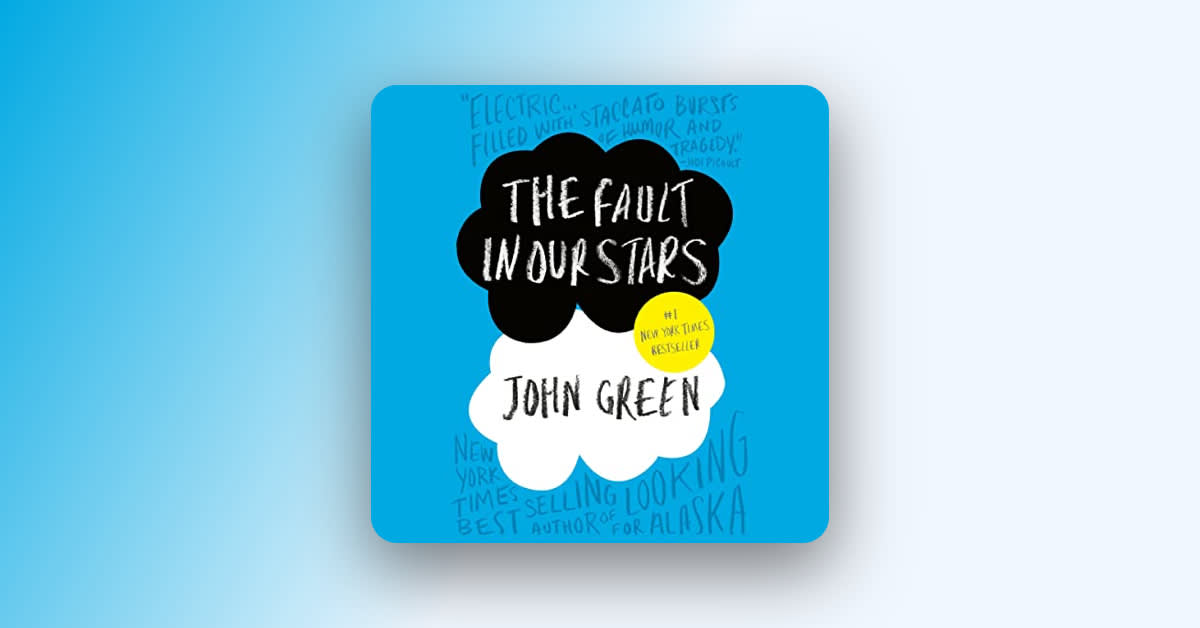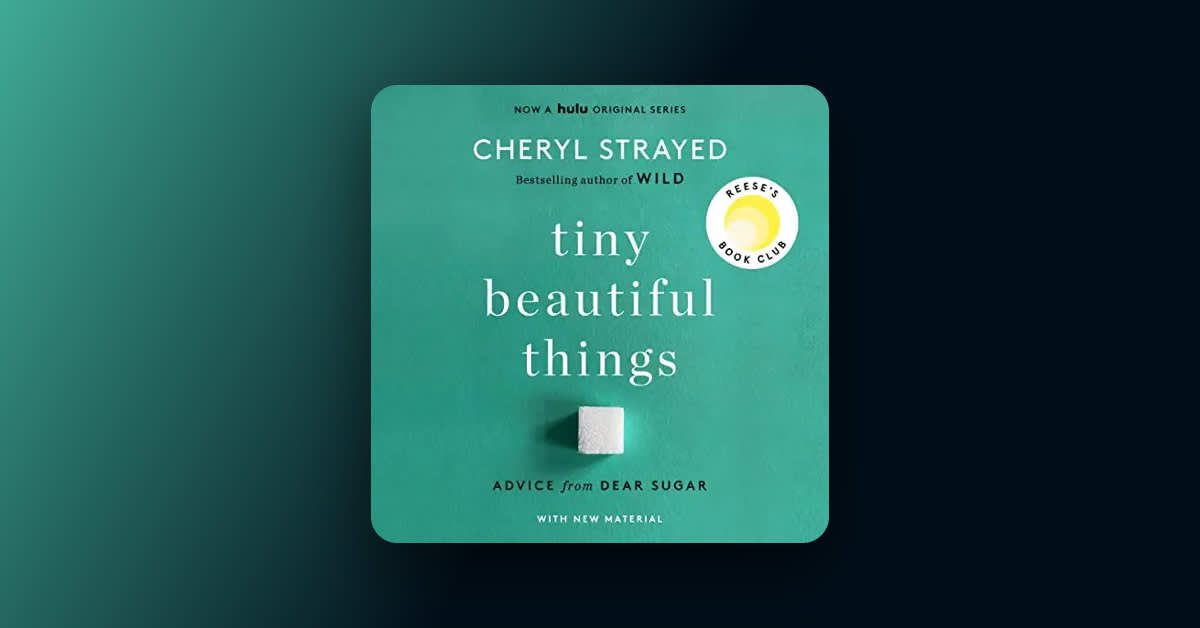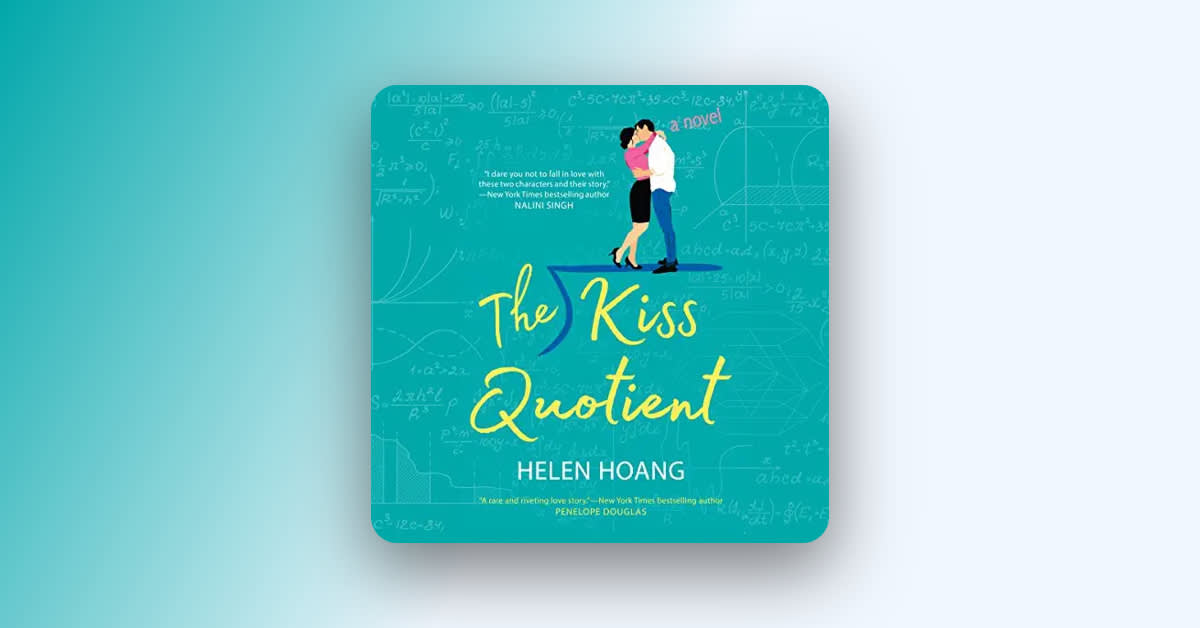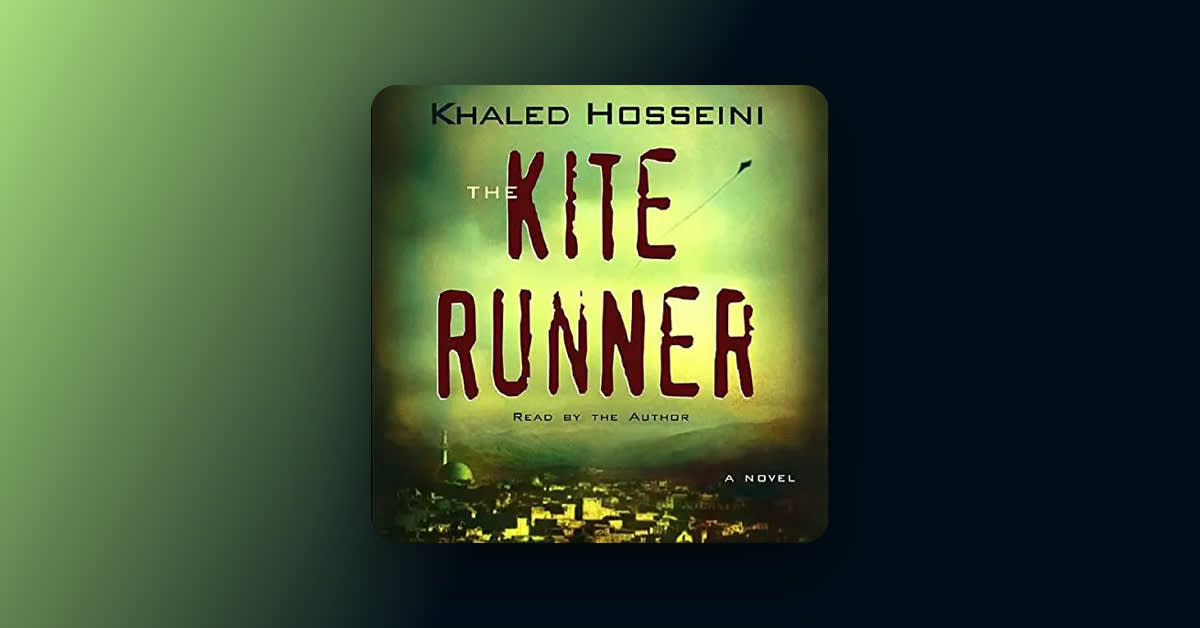Why it’s essential
Narrator Kate Rudd brings teen cancer patient Hazel Grace to life with an authentic air of teenaged cynicism, exploring young love amid illness and death.
Featured in .
What is The Fault in Our Stars about?
is an earnest and vulnerable love story centered on two teenagers who meet in a cancer support group while battling the disease. Artfully tackling the big ontological questions that plague us all, this moving young adult novel sheds light on universal truths.
Editor's review
Editor Madeline loves memoir, literary fiction that tackles the existential, and all the sapphic stories she can get her hands on.
Reading The Fault in Our Stars by is a young adult canon event that I would like to see continue from now until the end of time. Experiencing this story is as pivotal and thought-provoking as any awkward prom or messy first love. And much like the aforementioned events, this novel is likely to pull you apart while simultaneously healing you from the inside out—all the while making you laugh, cry, and generally feel more than you had realized was humanly possible.
I was first introduced to John Green in high school, when a girl I thought was unbelievably cool gave me her copy of Looking for Alaska. I devoured it in four days. The novel left me craving more of Green—his earnestness, his heart, his ability to make readers long to live inside his imagined worlds. The Fault in Our Stars was up next on my John-Green-binge-list, and I figured I was amply prepared for the experience, having just finished a tearjerker like Alaska. But alas, just as for every school dance, I wasn’t nearly as ready as I thought I was.
The Fault in Our Stars is, simply put, a total and complete sobfest—for all the right reasons. There isn’t melodrama simply for the sake of intrigue or death and tragedy to fill a sucker-punch quota. The story, which follows a pair of terminally ill teenagers as they meet and fall in love, is much more than your run-of-the-mill adolescent romance. You’ll immediately root for the two main characters, Hazel and Augustus, from the moment they meet at a support group for teens battling cancer. Both are wise beyond their years, the product of being forced to reckon with their own mortality at an age when most kids are only navigating high school. But they are also both teenagers, plain and simple, and it is in this juxtaposition that the story flourishes. The tale brings existential realities—things like the fragility of human life, the everyday acts we take so much for granted—and the deeply restorative power of love, in all of its many forms, front and center.A dozen years since my initial adolescent read of the book, I decided to give the audiobook a listen, wondering, as I pressed 'play,' whether the story would still move in the deep and meaningful way it had all those years ago, when I carried the book around my fluorescently lit high school halls, feeling it was the only thing tethering me to the ground. I was almost surprised when I found it did. Kate Rudd, an award-winning narrator, immediately brought me back into the minds and hearts of Hazel and Augustus. When we are teenagers, I contemplated as I listened, we constantly question the existential as a sort of rite of passage. And it’s not overly dramatic and pointless, as some Very Serious Adults had us believe back then. In fact, maybe it’s a bit ridiculous to think about the big questions often enough. So, I let myself fall back into their lives, let myself be surprised by the twists of fate that came from an unforgiving, unpredictable illness, let myself be transported to Amsterdam as Augustus uses his one wish to fulfill Hazel’s deepest dream. I let myself learn, at 29, all about the world, from an incredible pair of teenagers.







